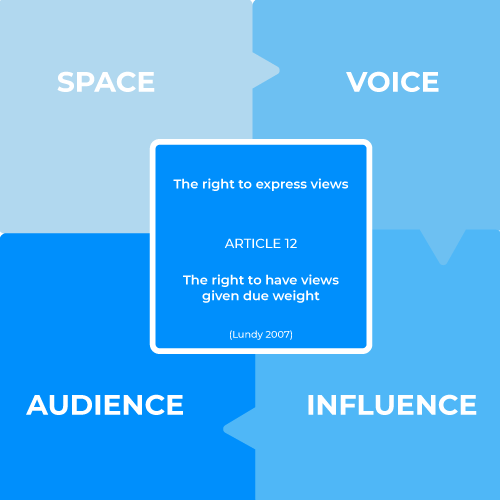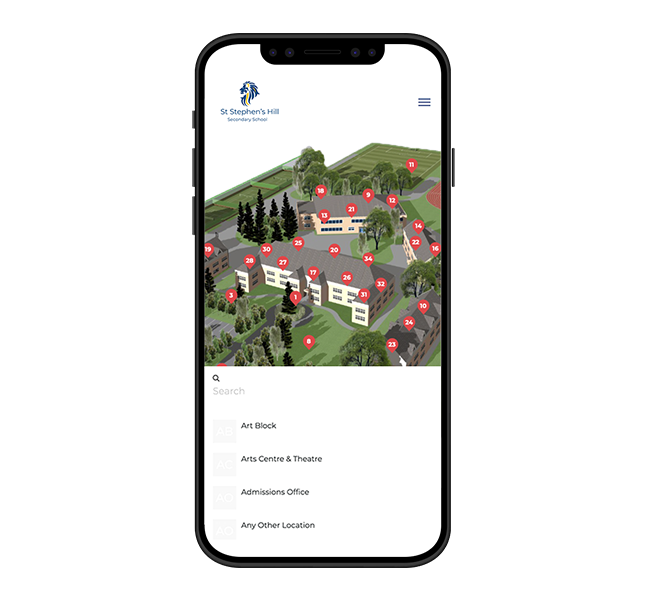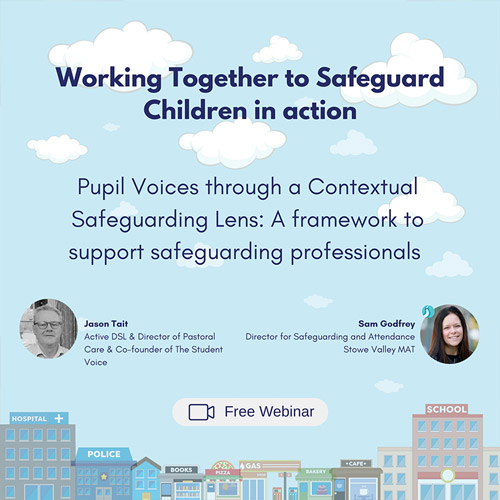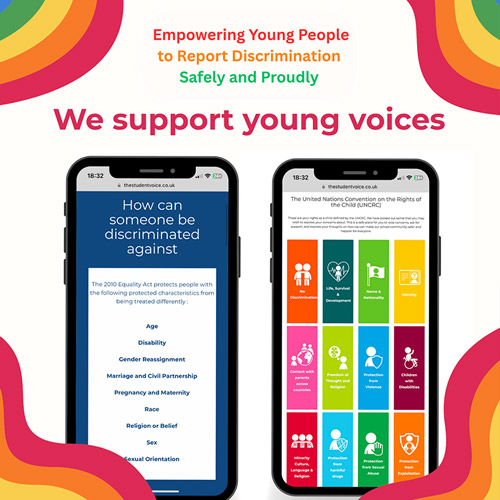The Lundy Model 2025 Edition
This week, we revisit one of our most popular blogs – The Lundy Model. The last time we discussed the model was in 2021, during the midst of the Covid-19 pandemic, when uncertainty and chaos dominated the world. Three years later, the world of safeguarding has changed a lot. The role and responsibility of Designated Safeguarding Leads (DSLs) have also evolved.
A key part of these changes is the rising expectation to listen to and understand the child’s voice. This includes all their lived experiences. Although KCSIE has a clear intention., it does not explain how to create a real child-centered approach. Schools need this to support education and build a contextual safeguarding framework.
The Lundy Model of Child Participation is a framework created by Dr. Laura Lundy. She is a leading expert in children’s rights. This model was developed with the Department of Children, Equality, Disability, Integration and Youth, Hub na nÓg. The model provides a structure for understanding and promoting children’s participation in decision-making processes, with the emphasis on children becoming meaningfully involved in decisions that directly affect them.
As we know, the primary goal of safeguarding is to protect children from harm and ensure they are in environments where they are cared for and their voices are heard. The Lundy Model supports this by ensuring children are not passive in these processes, but instead have a meaningful say in how their protection and care are managed. Furthermore, the model plays a crucial role in safeguarding by emphasising the active participation of children in decisions regarding their safety, well-being, and rights.
Get our blogs sent straight to your inbox.
Youtube: Professor Laura Lundy talking about enabling meaningful participation of children & young people globally
How The Lundy Model supports the effective participation of young people in decisions about their lived experiences
The model has four elements which have a rational chronological order.
Space: In safeguarding, it is essential that children feel they have a safe and supportive environment in which to express themselves, without fear of judgment or retribution. This is particularly crucial for children who are at risk of harm and may feel isolated or unable to speak out. The Lundy Model stresses the importance of creating this safe “space” – whether in interviews, support groups, or other safe settings – where children can share their concerns, experiences, or feelings openly.
Voice: For safeguarding efforts to be truly effective, children must have a voice in decisions that impact their safety. The Lundy Model highlights that it is not enough to merely ask children if they feel safe or what they need. Their perspectives must be actively listened to, taken seriously, and acted upon. In cases of abuse, neglect, or any situation that threatens a child’s well-being, giving children a voice is vital for identifying risks early and ensuring appropriate interventions are made.
Audience: In safeguarding, it is not just important that children speak up, but that their views and concerns are heard by the right people – those in positions of authority who can make a difference. This may include social workers, teachers, healthcare professionals, or family members. If children’s voices are ignored or dismissed by those responsible for their protection, safeguarding efforts will be compromised.
Influence: The ultimate goal of the Lundy Model is that children’s voices should not only be heard but should directly influence decisions and actions made on their behalf. In safeguarding, this means that children’s opinions are not just gathered in surveys or meetings but should guide decisions about their care and safety. If a child has worries about a certain place or situation, those worries should be taken seriously. They should guide what social services, the police, or other protective agencies do.

(Lundy Model of Participation, Department of Children, Equality, Disability, Integration and Youth, Hub na nÓg and Professor Laura Lundy of Queens University, Belfast, 2017)
Why The Lundy Model is so important for safeguarding
Empowerment: The Lundy Model gives children a sense of agency, which is crucial for their well-being and resilience. When children feel they have control over their own protection and are involved in decisions that affect them, it can be empowering and healing.
Early Intervention: Children are often the first to notice when something is wrong, especially regarding abuse, neglect, or unsafe situations. By actively listening to them, practitioners can identify problems much earlier and intervene before situations escalate.
Tailored Support: Every child’s situation is unique, and safeguarding efforts must be responsive to individual needs. The Lundy Model ensures that children’s perspectives help shape the support they receive, leading to more effective and appropriate interventions.
Building Trust: Safeguarding often involves difficult and sensitive issues. By applying the Lundy Model, professionals show that they respect and value children’s opinions, which builds trust and encourages children to speak up if they feel unsafe in the future.
The Lundy Model is far more than just a theoretical framework- it is an essential tool for safeguarding professionals, ensuring that children’s voices are not only heard but also meaningfully shape the decisions that affect their lives. In a safeguarding landscape that is constantly evolving, the model provides a clear framework for empowering children and ensuring they are active participants in their own protection and well-being.
For Designated Safeguarding Leads (DSLs), teachers, social workers, and other professionals, the Lundy Model is invaluable in fostering trust and building stronger relationships with children. It encourages children to speak out when they need help, knowing their concerns will be taken seriously. The model also promotes early intervention by creating a safe space where children feel supported in sharing their worries. Moreover, it ensures child-centred practices, where safeguarding responses are tailored to each child’s unique needs and perspectives.
In short, the Lundy Model is not just about protecting children from harm; it’s about respecting their rights and making them active agents in decisions affecting their lives. For DSLs and all safeguarding professionals, the model reinforces the importance of a holistic approach—one that values children’s voices and integrates their views into safeguarding practices. By doing so, it leads to more effective, responsive, and empowering safeguarding processes that are genuinely child focused.
The Lundy Model aligns with the core principles of safeguarding – ensuring that children are not only protected but are also active participants in their own safety and well-being. It acknowledges that children, by virtue of their rights, deserve to be involved in decisions made about them, and that their perspectives can make safeguarding practices more effective and child-centred.
Putting it all together
The Lundy Model is far more than just a theoretical framework- it is an essential tool for safeguarding professionals, ensuring that children’s voices are not only heard but also meaningfully shape the decisions that affect their lives. In a safeguarding landscape that is constantly evolving, the model provides a clear framework for empowering children and ensuring they are active participants in their own protection and well-being.
For Designated Safeguarding Leads (DSLs), teachers, social workers, and other professionals, the Lundy Model is invaluable in fostering trust and building stronger relationships with children. It encourages children to speak out when they need help, knowing their concerns will be taken seriously. The model also promotes early intervention by creating a safe space where children feel supported in sharing their worries. Moreover, it ensures child-centred practices, where safeguarding responses are tailored to each child’s unique needs and perspectives.
The Lundy Model is not just about protecting children from harm; it’s about respecting their rights and making them active agents in decisions affecting their lives. For DSLs and all safeguarding professionals, the model reinforces the importance of a holistic approach—one that values children’s voices and integrates their views into safeguarding practices. By doing so, it leads to more effective, responsive, and empowering safeguarding processes that are genuinely child-focused.
Stay tuned for our next blog in The Lundy Model series where we will be looking more closely at how The Lundy model can be practically applied in schools.







